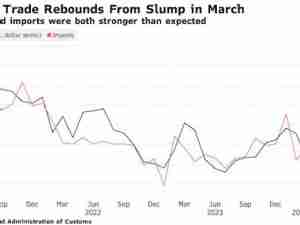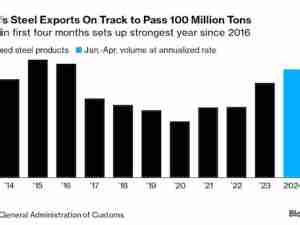"Some of it is more expensive over there!" said Stan Park. "Every day I get an email from China saying 'This costs so and so.' It's just not worth it!"
Park and others have solved the problem of rising sourcing costs from China by making much of their product domestically in hubs like Los Angeles. But for larger brands that require the big volume that only China can supply, rising prices are a reality.
"Apparel prices are going to go up. It's as simple as that," said Perry Ellis Chief Executive George Feldenkreis, who said a rise of up to 10 percent will be seen next year. "The American consumer will have to accept it."
That is hard to swallow for retailers big and small, who have been battling erratic sales trends this year amid high unemployment and lingering financial insecurity.
Finessing price strategies were top of mind this week for vendors and retailers at the Magic apparel trade show in Las Vegas, where buyers place orders for the newest styles.
"Because the economy hasn't quite gotten back on track, we can't raise our prices quite yet," said boutique owner April Bullock. "It's still a little scary for us -- we're not sure what the future holds."
Lower prices across the apparel spectrum have been one of the most visible effects of the financial downturn. Luxury department store Saks now offers more mid-priced goods, while Aeropostale has outperformed its peers in the teen sector due to its low prices.
Elan Savir of the Elan USA line said he has wanted to "make nicer stuff," but knows a more expensive price tag will turn off key customers like Nordstrom , which depend on him to fill a niche for fashionable yet inexpensive products.
"They're looking for stuff they can put in their stores for $49 and $59," Savir said, showing off a draped T-shirt that sells at wholesale for $12.50.
Global Sourcing Suffers
Companies' ability to wrest profits out of their global sourcing this year has suffered on multiple fronts, from a spike in cotton prices to higher labor costs and worker shortages, fewer ships available to transport containers across international waters and most recently, flooding in Pakistan.
Given these pricing pressures -- Park sees prices from China up 15 percent from last year -- brands are collaborating more closely with suppliers to reduce "sticker shock" for the consumer, retail-watchers said.
"It's heavy logistics planning. They know prices are going up so they need to take out costs in order to prevent that rise in prices," said Tony Ward, a principal with consultancy Kurt Salmon Associates.
Brands from giants like Nike Inc to smaller names like Carole Hochman are working with fewer but larger and more reliable vendors. Some are eliminating middle men to boost margins, while others are trying to circumvent warehouses by trying to deliver direct to stores, Ward said.
Offering longer-term contracts in exchange for price reductions is one way to combat the inflation, said Peter Gabbe, chief operating officer of Carole Hochman, a sleepwear and intimate apparel company that licenses labels such as Ralph Lauren and Jockey.
Some expect smaller suppliers to be eliminated as brands consolidate their vendors. "The next three months will be very bad for people with no clout," said Feldenkreis.
Eric Beder, an analyst with Brean, Murray Carret, explained how Aeropostale's strategy of dealing with five main vendors has been crucial in keeping prices low.
"You really are partners in that situation," Beder said. "You can't walk away. They'll find some accommodation to keep prices in check."
Localization, a strategy that has proved successful this year for department store Macy's, is another way to make it easier for vendors to fulfill orders. With smaller orders deployed to specific stores based on geography and need, sales can improve









